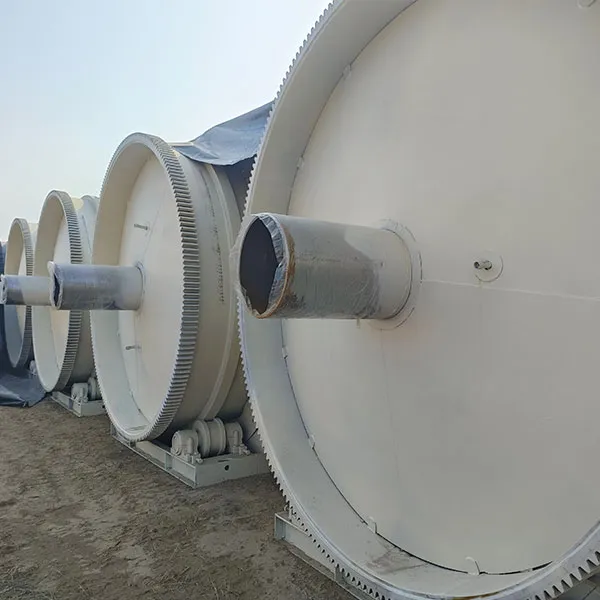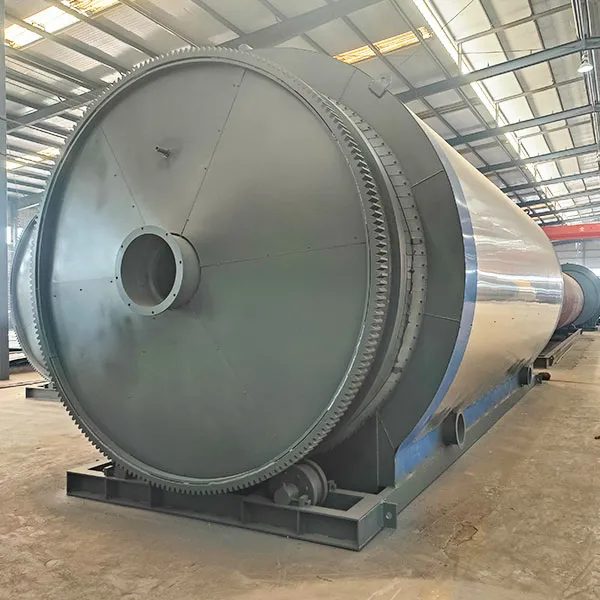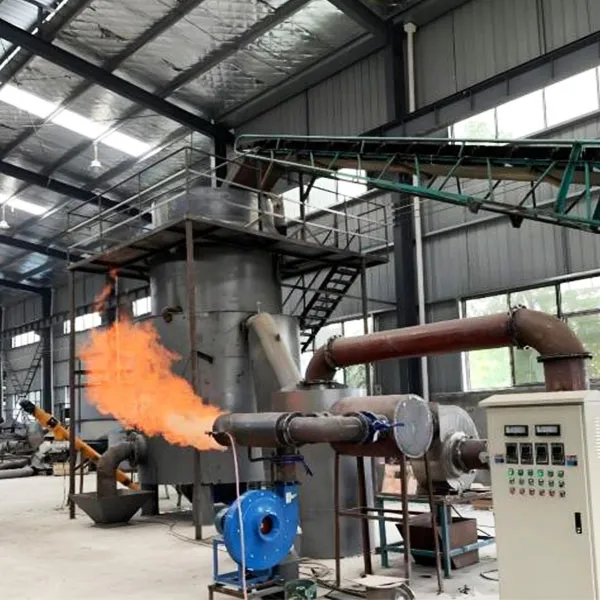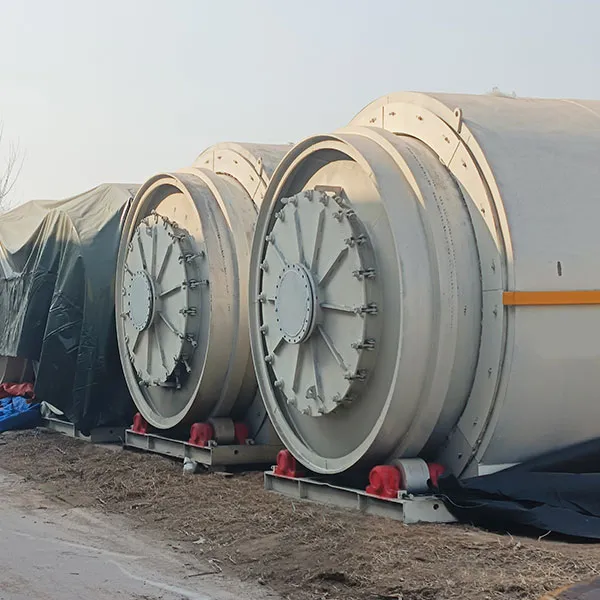Parameters of Pyrolytic Oil Produced from Plastic Thermal Pyrolysis
2025-04-22 16:29:03
Pyrolytic oil (or pyrolysis oil) derived from plastic thermal pyrolysis is a complex mixture whose properties vary significantly depending on the feedstock composition, pyrolysis process (temperature, catalyst, reaction time, etc.), and post-treatment methods. Below are the key parameters and characteristics of typical pyrolytic oil:
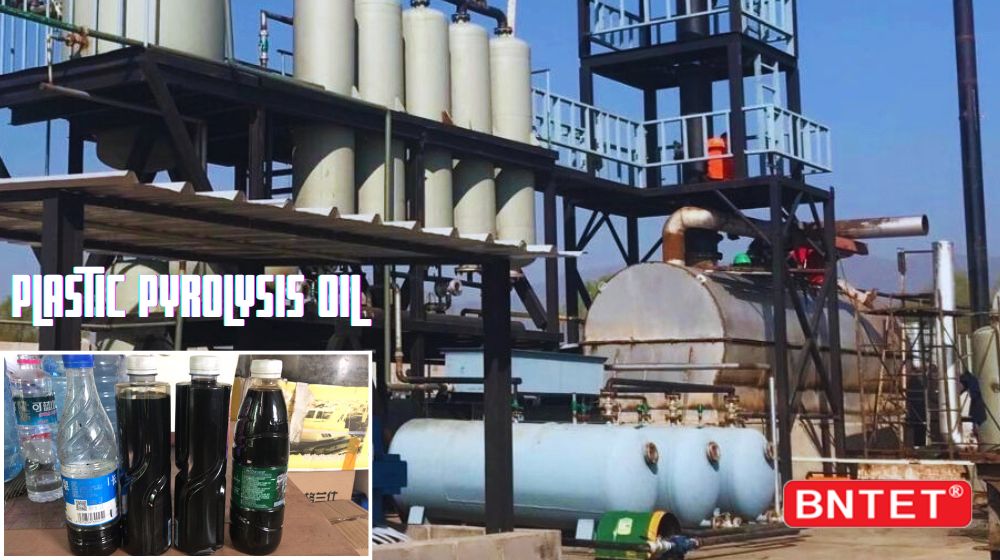
1. Basic Physicochemical Properties
| Parameter | Typical Range/Value | Description |
|---|---|---|
| Appearance | Dark brown to black viscous liquid | May appear turbid if solid particles are present. |
| Density (20°C) | 0.8-1.1 g/cm³ | Similar to diesel but higher than gasoline. |
| Viscosity (40°C) | 2-50 cSt | Higher than conventional fuels; may require preheating or dilution for engine use. |
| Flash Point | 40-80°C | Flammable but safer than gasoline. |
| Calorific Value (LHV) | 35-45 MJ/kg | ~85-95% of diesel (~42 MJ/kg); can be used directly as fuel. |
| Water Content | <5 wt% | High moisture reduces heating value and accelerates corrosion. |
2. Chemical Composition
| Component | Content Range (wt%) | Characteristics & Impact |
|---|---|---|
| Alkanes + Alkenes | 20-40% | Similar to gasoline/diesel components; determines combustion performance. |
| Aromatics | 15-35% | Benzene, toluene, etc.; may increase emission toxicity. |
| Oxygenates | 5-20% | Ketones, aldehydes, carboxylic acids (e.g., acetic acid); causes acidity (pH 2-5). |
| Nitrogen/Sulfur Compounds | <2% | Depends on feedstock (e.g., PVC produces HCl; nitrogen-containing plastics generate HCN). |
| Solid Residues | 0.1-5% | Carbon black, catalyst particles; may clog filters. |
3. Key Influencing Factors
Feedstock Impact:
Polyolefins (PE/PP): High alkane content in oil; calorific value >40 MJ/kg.
PS (Polystyrene): Yields oil rich in aromatics (styrene monomer up to 60%).
PET/PVC: High oxygen (PET) or chlorine (PVC) content; requires dechlorination.
Process Impact:
Low-Temp Pyrolysis (400-500°C): More heavy oil, higher viscosity.
Catalytic Pyrolysis (e.g., ZSM-5): Increases light oil fraction and alkene content.
4. Application Limitations & Treatment Recommendations
Fuel Use:
Requires desulfurization and dechlorination before use in diesel engines/boilers to avoid corrosion and dioxin formation.
Can be blended with conventional fuels (typically ≤20%) to reduce viscosity.
Chemical Feedstock:
Distillation can extract monomers (e.g., benzene, toluene), but economic viability depends on purity.
Environmental Risks:
Contains PAHs, heavy metals (if pigments are present in feedstock); must comply with standards like GB 18484 (Hazardous Waste Incineration Pollution Control).
5. Standard Testing Methods
Proximate Analysis: ASTM D5373 (elemental analysis), ASTM D93 (flash point).
Pollutant Limits: EN 590 (sulfur <10 ppm), GB 19147 (chlorine <50 ppm).
For precise data, lab-scale pyrolysis tests (e.g., TGA + GC/MS) are recommended based on target plastic composition.


